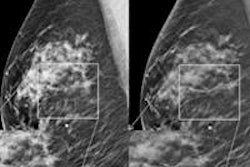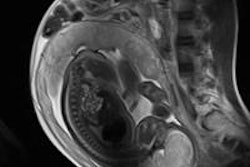Dear Women's Imaging Insider,
In an important new study from the British Journal of Radiology, researchers have ventured into the land of cognitive psychology in an effort to improve radiologists' ability to detect malignant breast cancer cases. Human visual perception of elements in the environment is greatly dependent on what was previously seen, so, for instance, detecting a target beforehand helps in picking it out of the environment. This is called "perceptual priming" and is an underexplored area of research in radiology.
In essence, priming highlights the presence of a given target by increasing the saliency of the stimulus. The Australian authors directed visual attention toward malignant cases in the hope that radiologists would become more proficient at finding them. Did it work? Find out if priming can be applied to breast cancer screening.
The perpetual debate in women's imaging is whether breast cancer screening is effective or not, with each side vehemently arguing its case. With all the back and forth, a new study out of Norway is a welcome relief, considering mammography screening experts have called the study "thorough," "accurate," and "refreshingly free" of hysteria. Read more about the study and be sure to weigh in on the debate yourself in the comments.
The following stories are also available in your Women's Imaging Digital Community:
- Breast imagers reading 2D images synthetically reconstructed from digital breast tomosynthesis (DBT) data had comparable performance to those reading conventional 2D mammography and DBT scans for breast cancer screening, while exposing women to less radiation dose.
- U.K. researchers said there's a great need to optimize and standardize patient care and imaging parameters to realize fetal MRI's potential, avoid unnecessary repeat examinations, and improve image quality and efficiency.
- Standard breast density measurement thresholds derived from film-screen mammography don't translate well in full-field digital mammography (FFDM). Using breast density assessment software, however, Canadian researchers have found that lower percentage cut points for FFDM yielded comparable prognostic power. Click here to read more.
For these stories and more, visit your Women's Imaging Digital Community or scroll below.
As always, I'm available via email, so let me know what's on your mind.




















